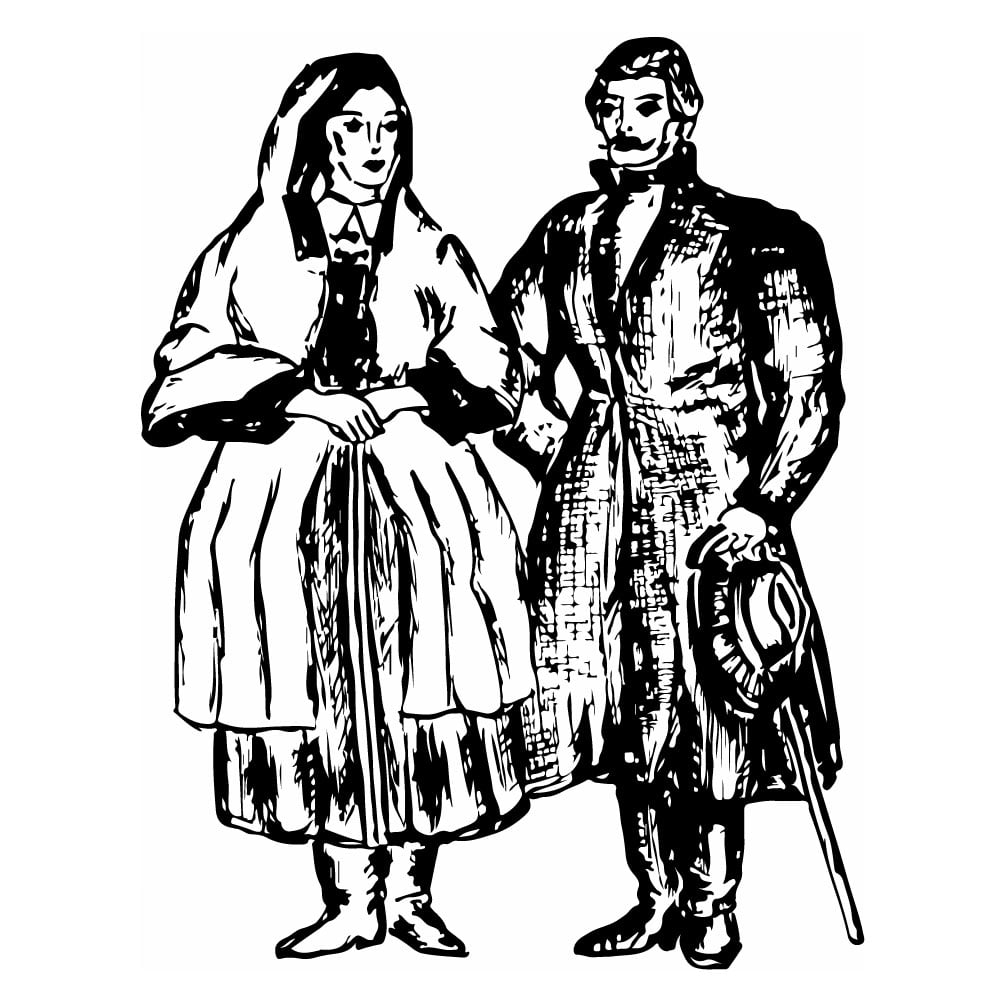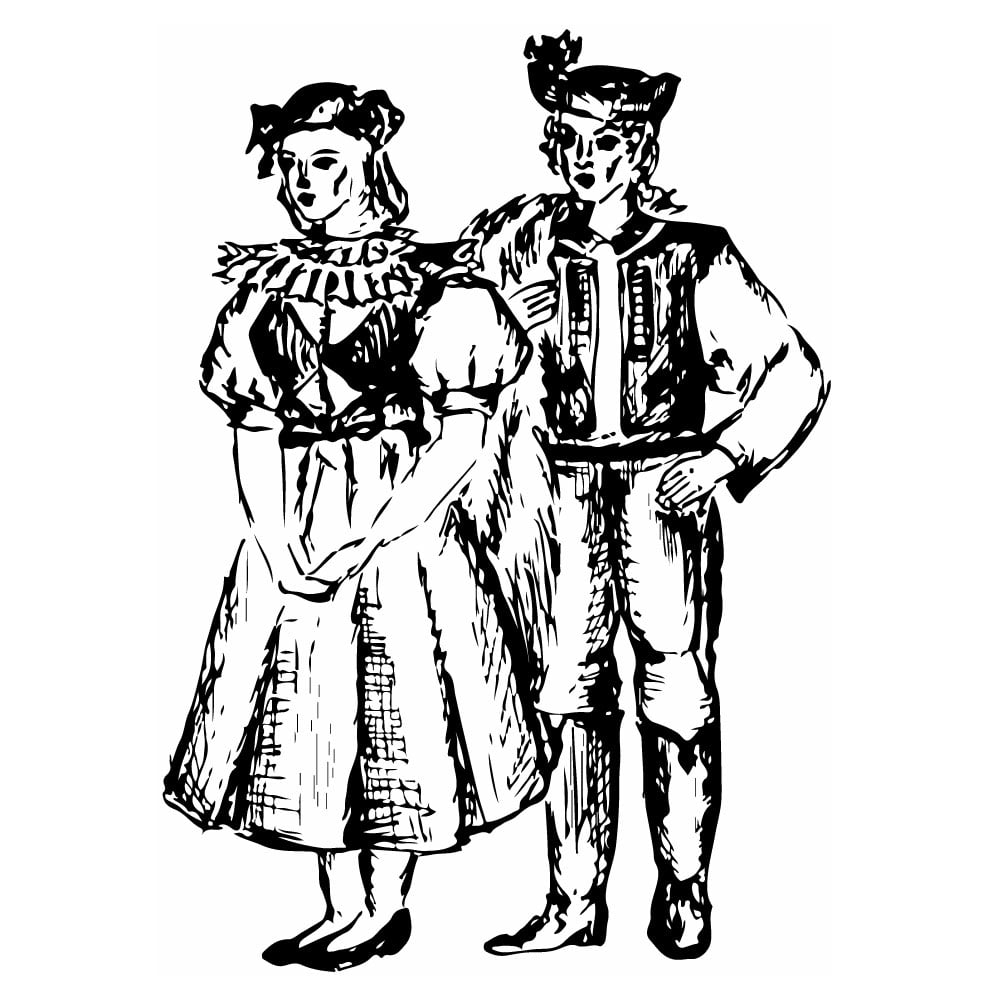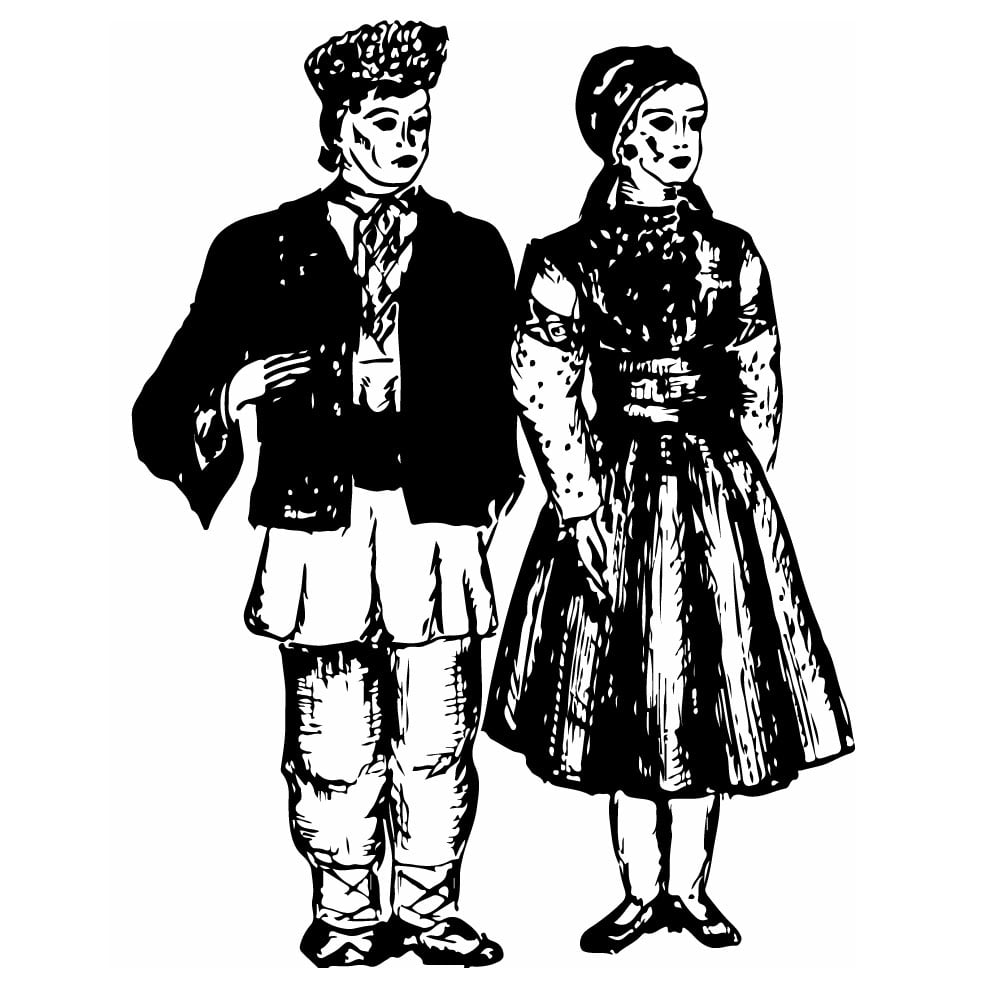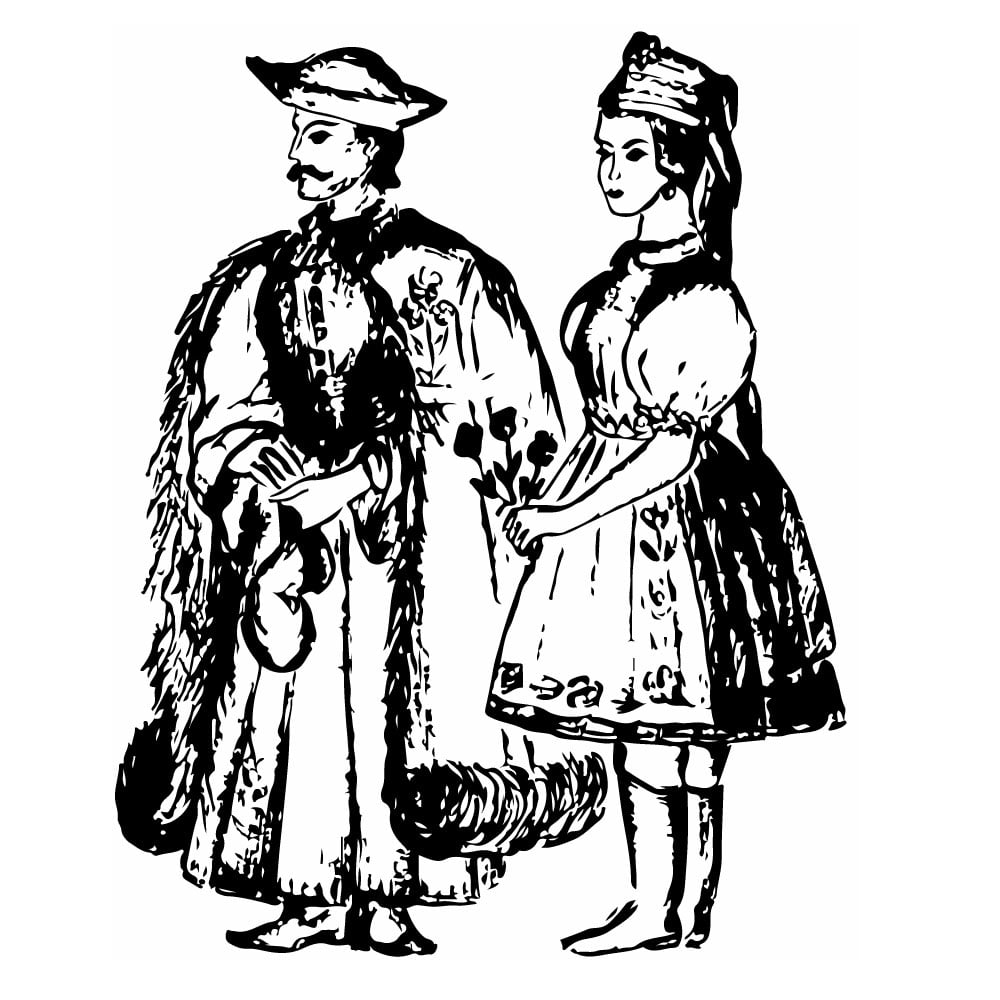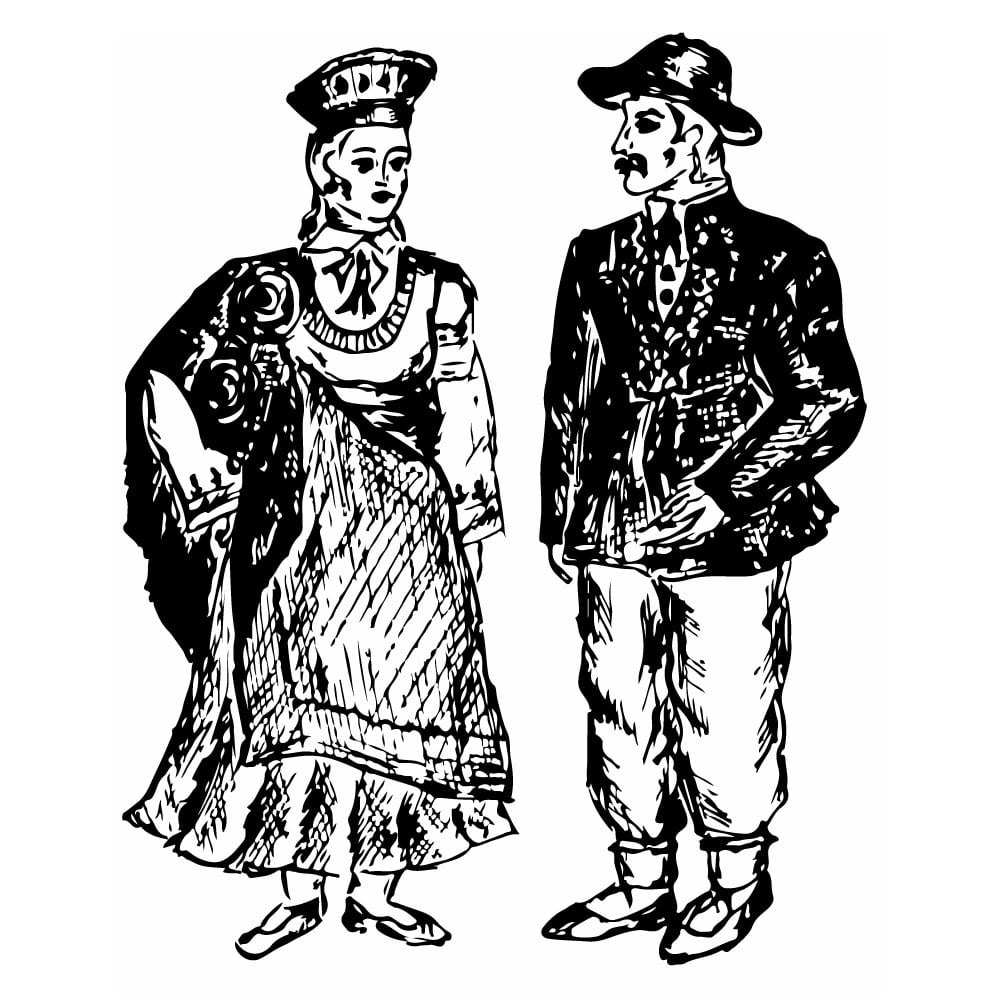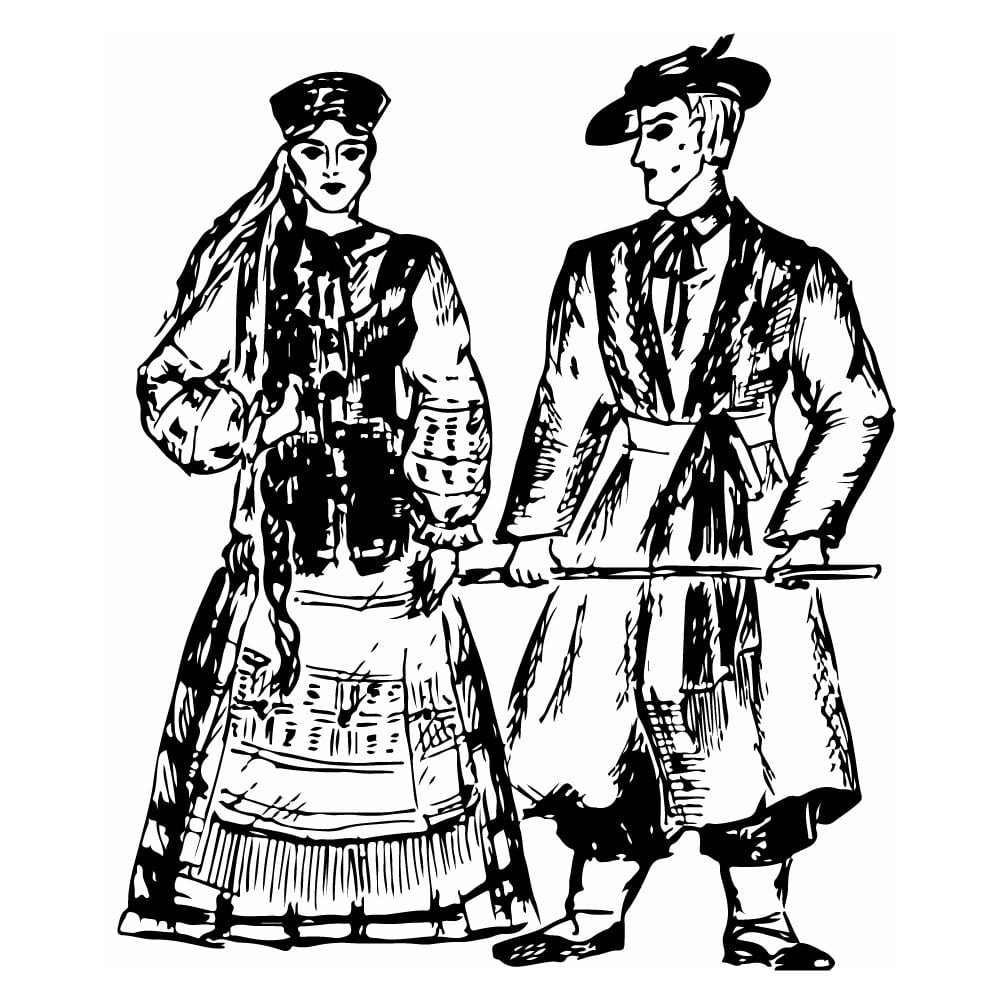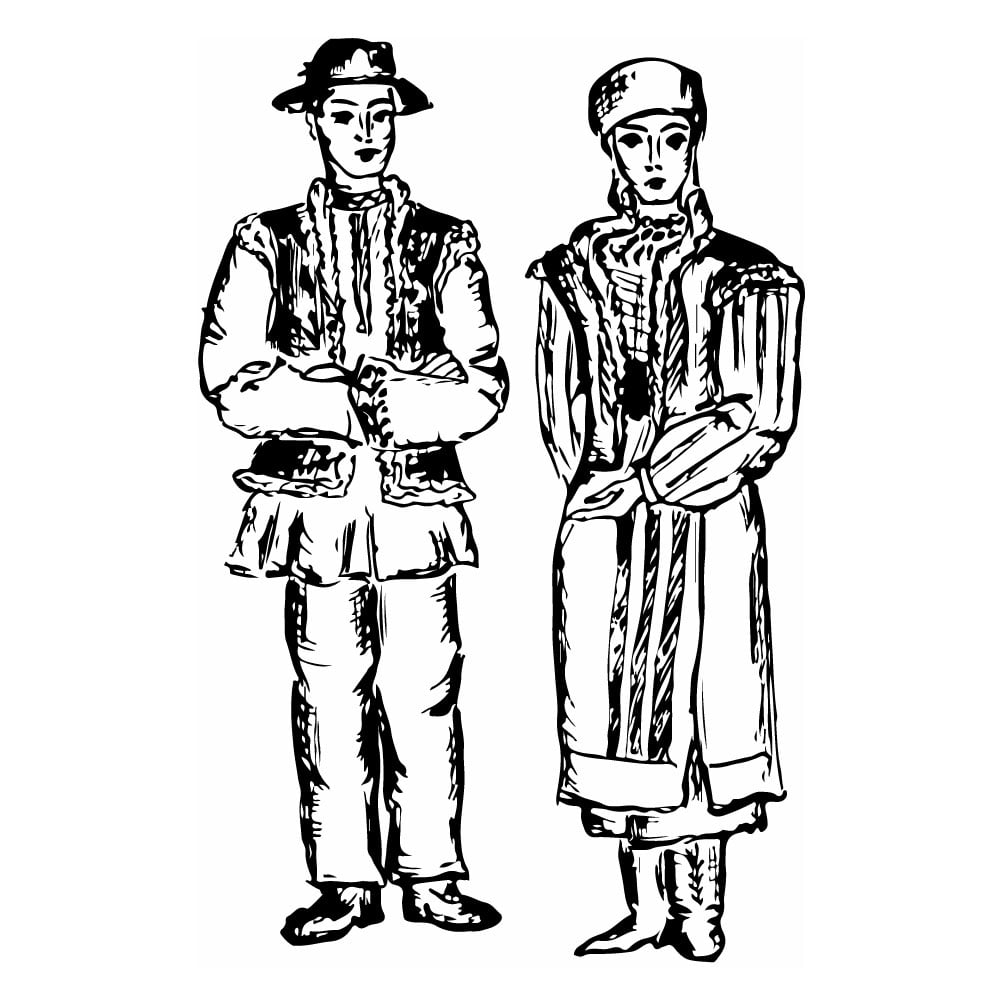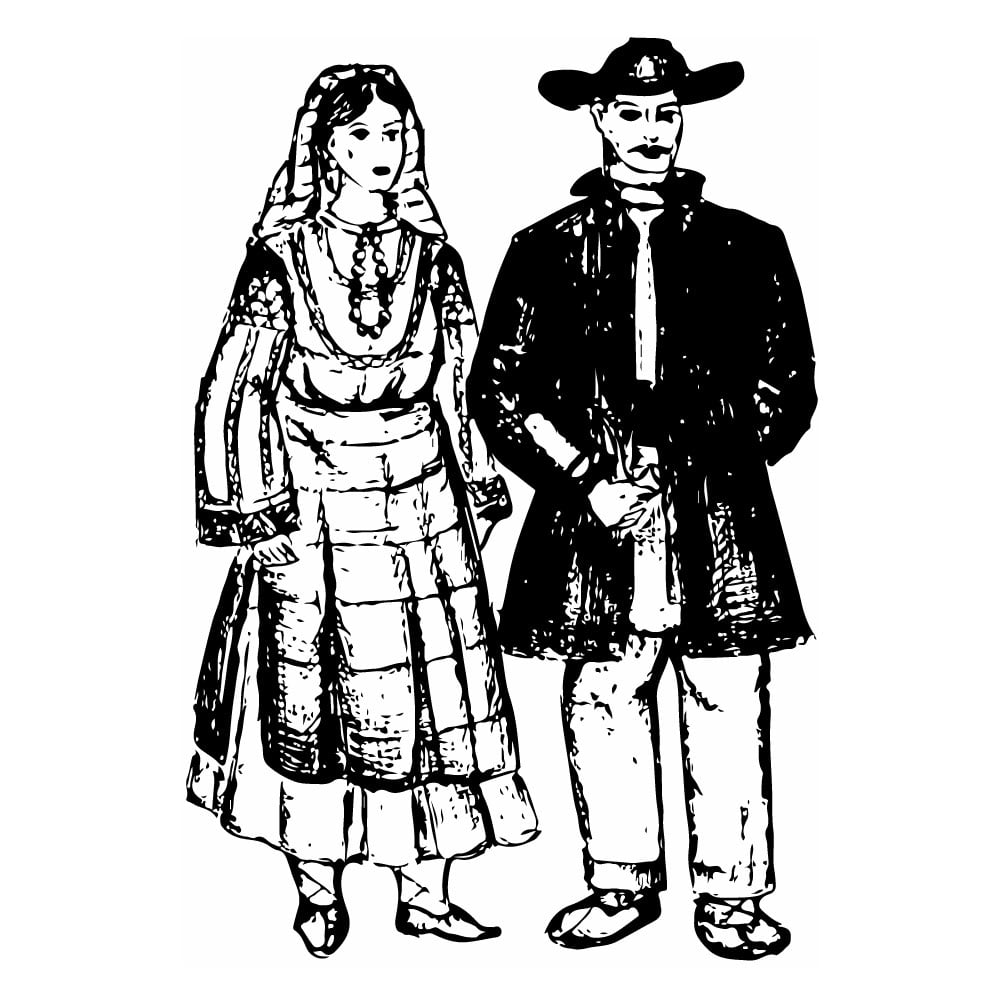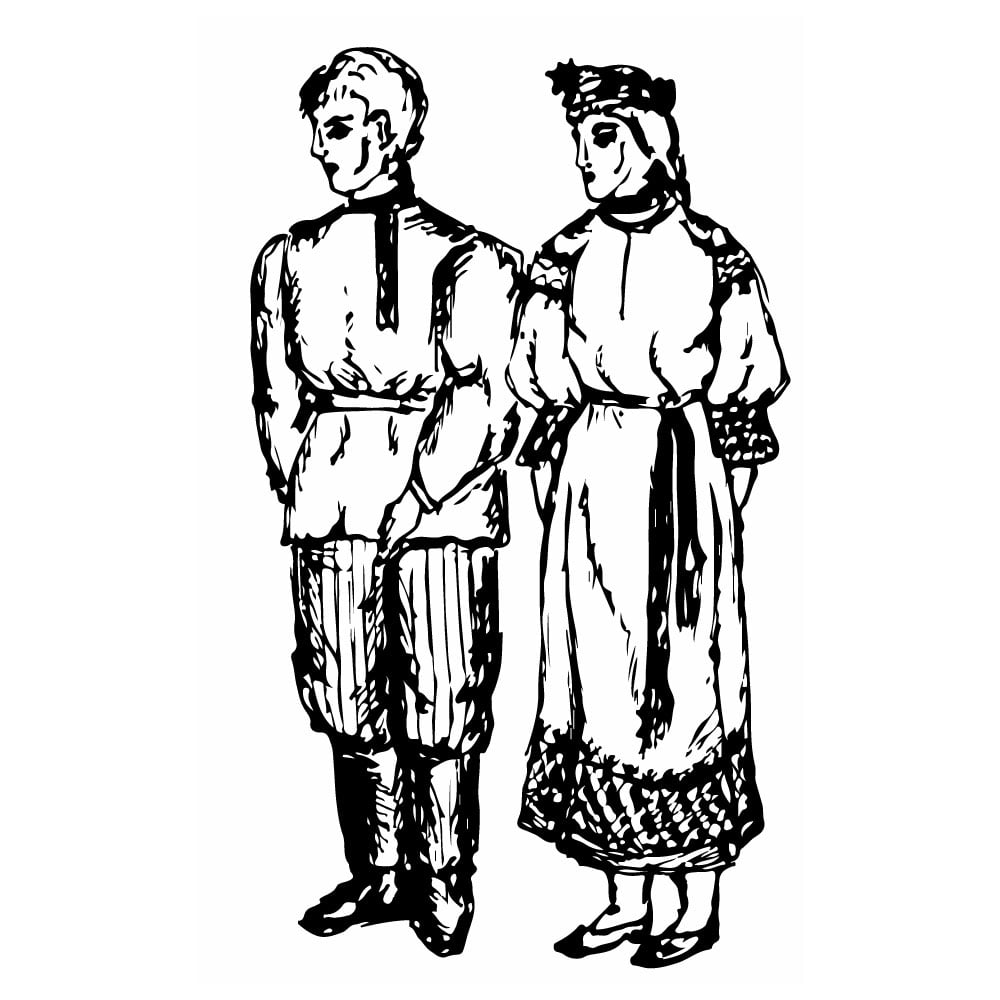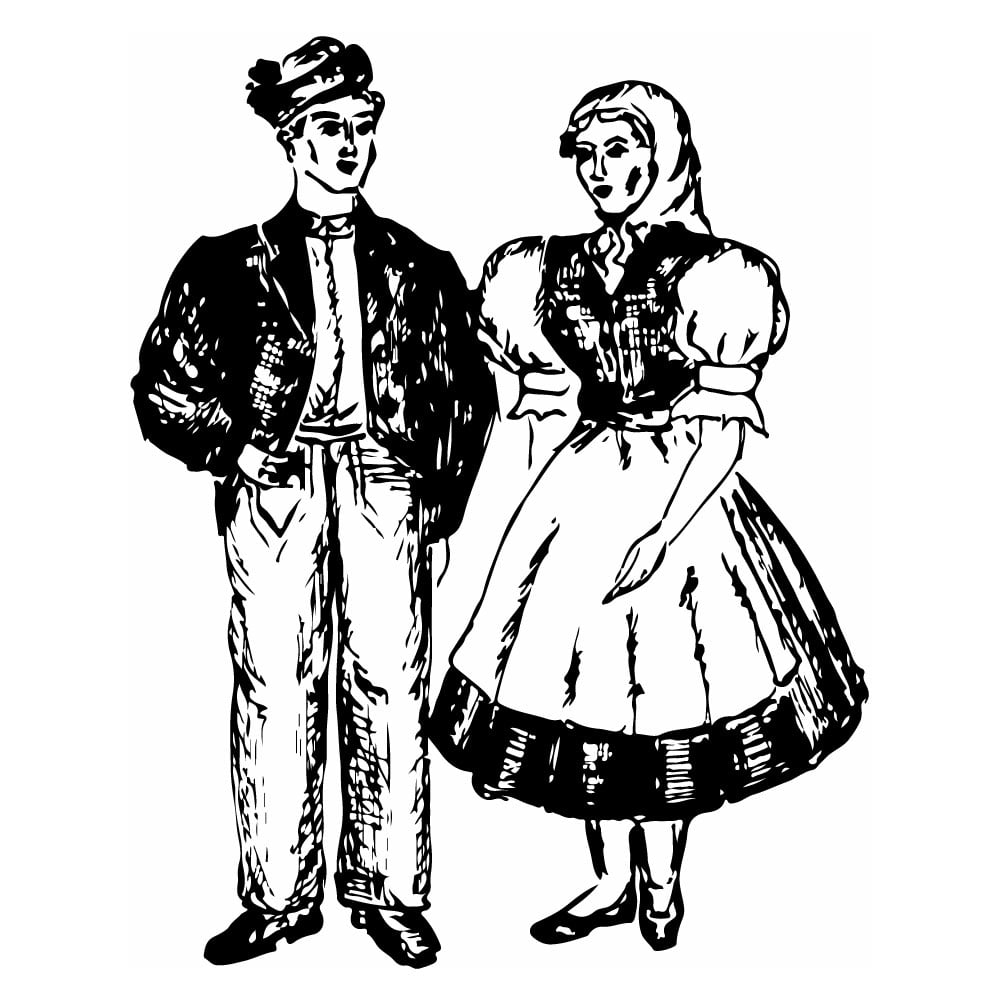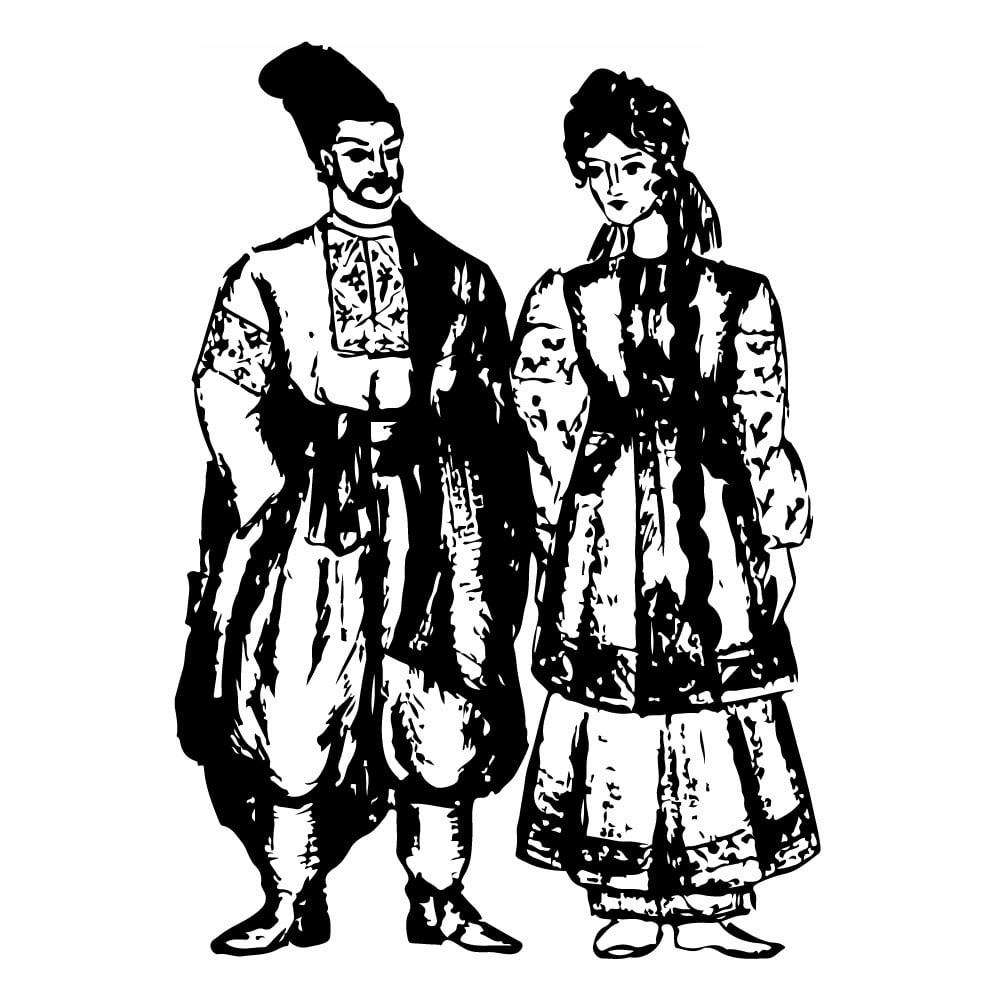Poles
| Population | 1,126,000 |
| Language group | Slavonic group of Indo-European languages |
| Language | Polish |
| Region | Ukraine, Belarus, Lithuania |
| Religion | Christianity (Catholicism, Protestantism) |
*Population estimates for 1994
Poles (self designation “polyatsy”) are the main population of Poland. They also live in Southeast Lithuania, in Northwest Belarus, and a considerable group of Poles live in the West Ukraine.
The Polish nationality established itself with the formation and development of the Old Polish State. This formation during the fourteenth and fifteenth centuries promoted the process of the Polish national consolidation which was intensified in the seventeenth century. In 1569, the Multinational State Rzecz Pospolita was formed because of the Union of the Great Lithuanian Principality. That process became complicated toward the end of the eighteenth century because of the three divisions of Rzecz Pospolita between Russia, Austria, and Prussia, causing the loss of the Polish State system.
After the World War I in 1914-1918, a new bourgeois and landlord state was founded, however, many Western Polish lands did not become a part of it. The reunification of Polish lands was done only after the World War II in 1939-1945.
In the territory of the CIS and Baltic States, the Poles live mainly mixed with the Ukrainians, Belorussians, and Lithuanians; many of them consider Ukrainian, Russian, and Belorussian to be their mother-tongues and have a transitional self-consciousness. The bigger part of the Poles live in cities and are engaged in different branches of industry and in service.
Most people of Poland wear modern clothes. The traditional garments are worn in some villages only on holidays. The women’s traditional dress consists of a floral skirt, a lace or linen apron, and a cloth or velvet bodice that is ornamented with gold and silver embroidery; the men’s national clothing is a shirt with the turn-down collar, striped trousers, and a blue ornamented jacket.
The national cuisine of the Poles is their famous confectionery. The Poles have many family recipes that they keep secret. Old traditions are still kept by many families during the holidays. These holidays are Christmas, New Year, and Shrove-tide. The traditions of old folk handicraft are still alive in many villages. These crafts are sculpture, fretwork, glass painting, embroidering, weaving, and plaiting. The Polish national folk dances, such as polonaise, cracovienne, mazurka, and others are spread all throughout Europe.
The Poles are mainly Roman Catholics.
This is Ad 1

